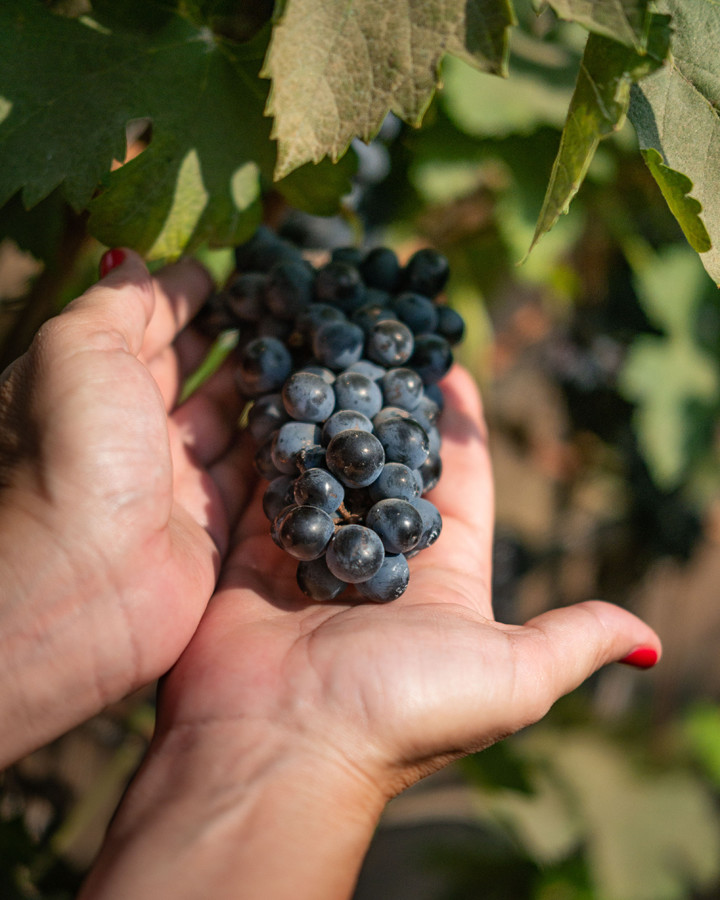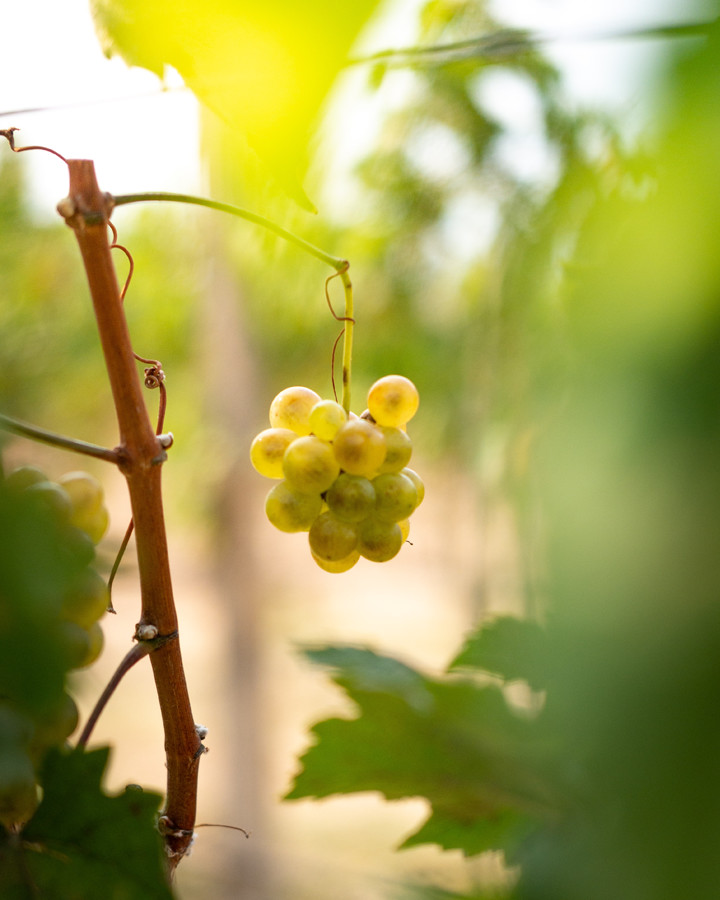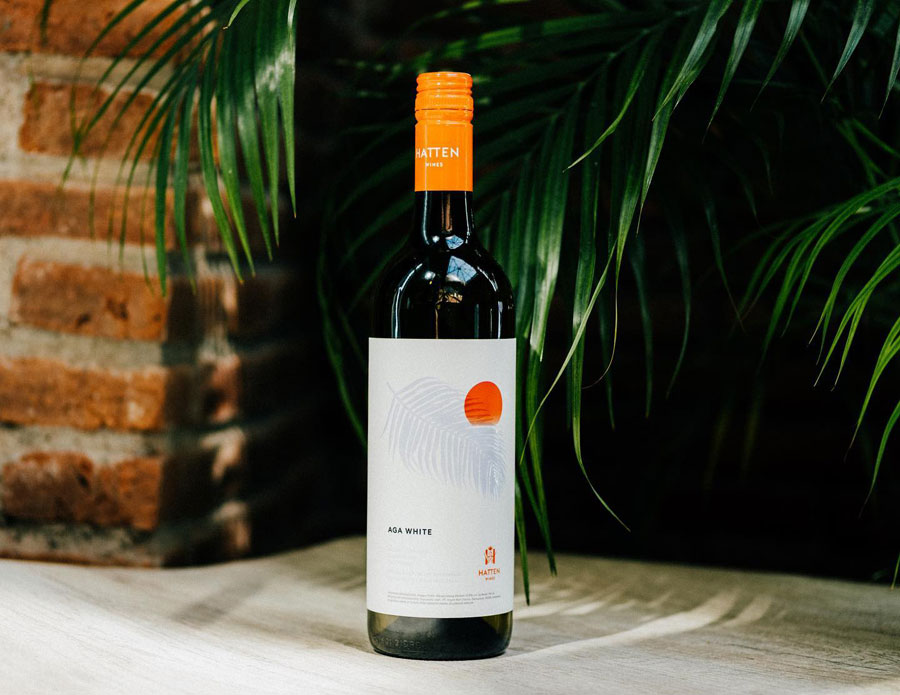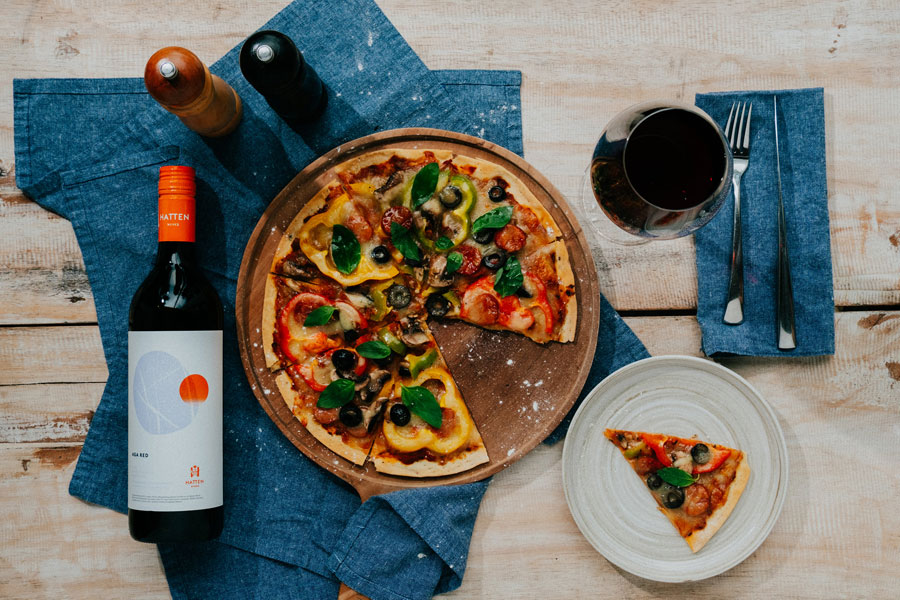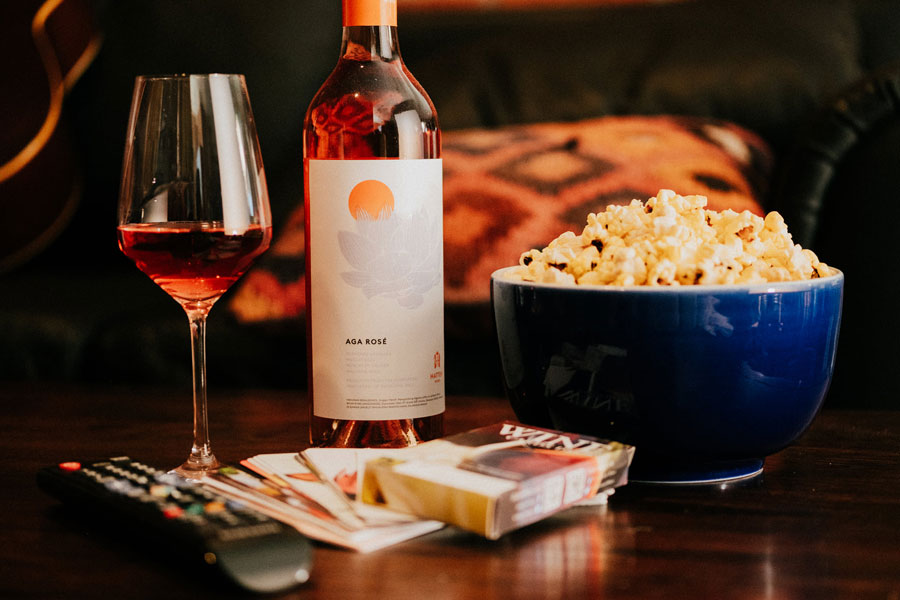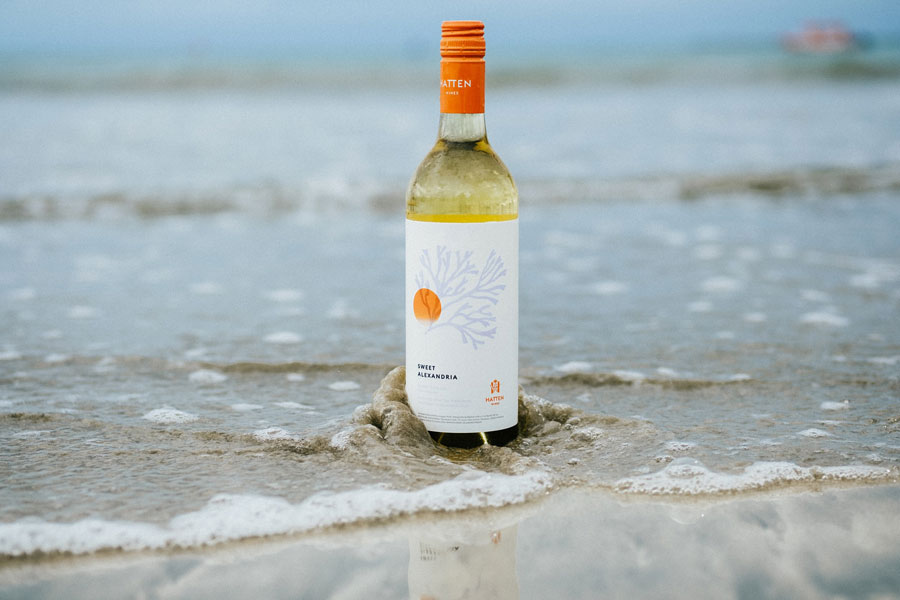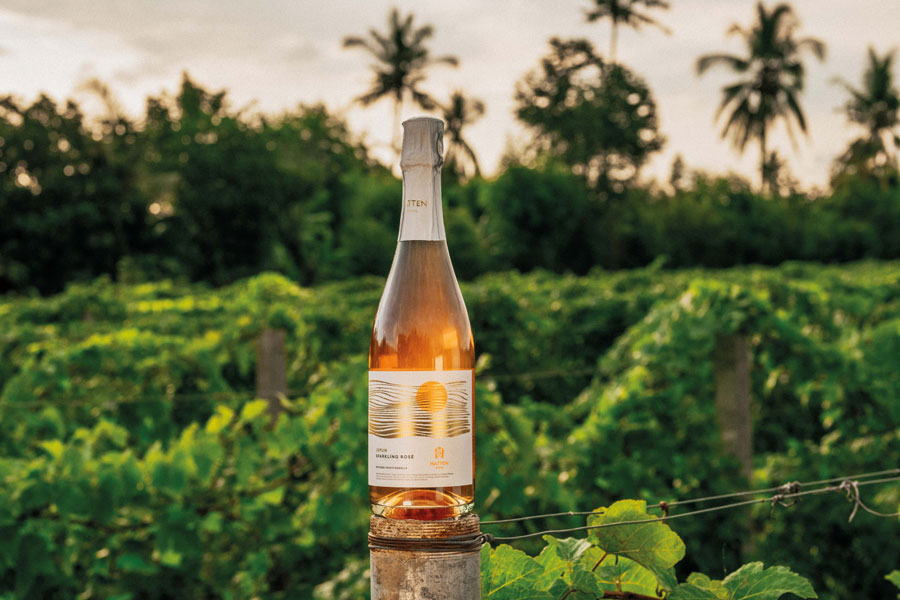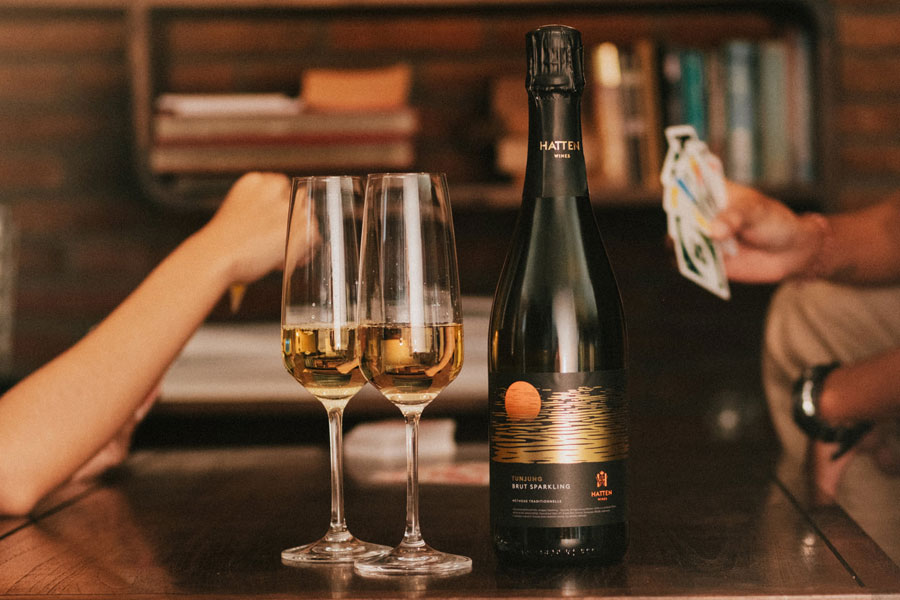In 2020, Indonesia’s winemaking pioneer, Hatten Wines, released a line of freshly labelled bottles that turned heads and piqued curiosity among Indonesia’s wine drinking populace. The “new look” for this Bali-based institution in fact represented a much deeper – and more impressive – transformation.
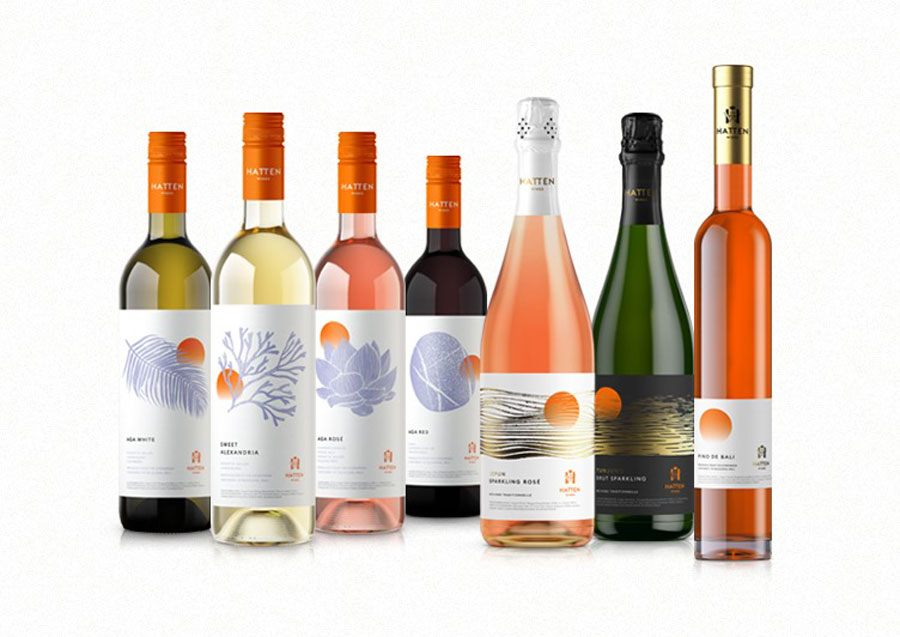
Humble beginnings
When Hatten Wines started winemaking 26 years ago, with a dream of making Bali one of the ‘new latitude’ wine regions, many wine lovers dismissed them. Why wouldn’t they? Even New World Wines were scoffed at in the past, now they dominate a huge portion of global market-share.
The dry and dusty coast of North Bali is no stranger to grapes, even before Hatten Wines. Farmers had long been harvesting a local variety made for eating rather than vinification. Then, in 1994, Hatten’s Founder Ida Bagus Rai Budarsa made a humble rosé from the island’s heritage grape, Alphonse Lavallée. What that first bottle may have tasted like, only a handful will remember, but by simply becoming a reality it made a statement that this improbable industry was indeed a possibility and set off a future of innovation in its wake.
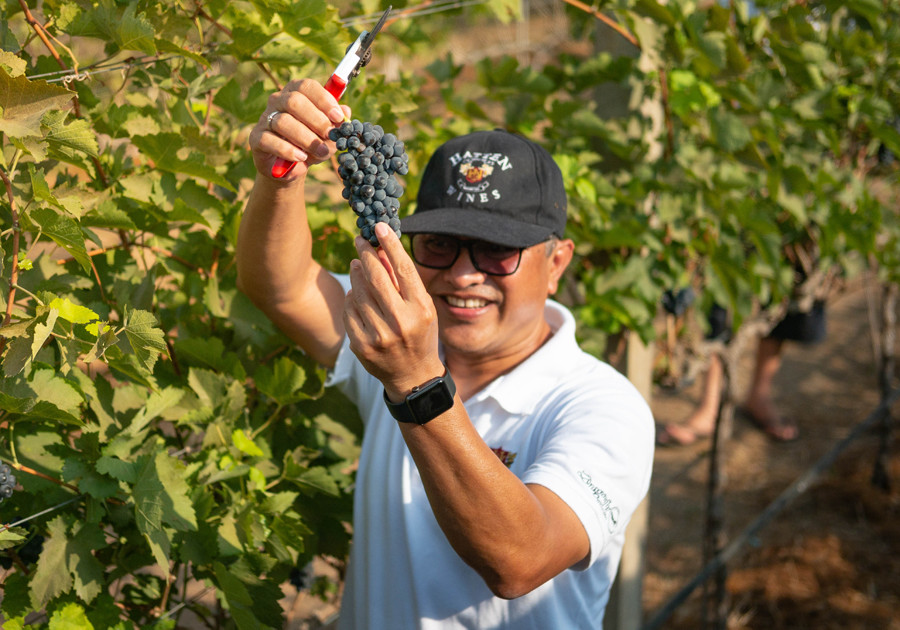
For decades, Hatten developed their range of wines, all of which were made from grapes grown in their North Bali vineyards and then produced in their winery in Sanur. From their Rosé, to the Sweet Alexandria and Aga Red, later their Tunjung and Jukung sparkling wines, Hatten found a niche in providing bottles that were affordable in comparison to the heavily taxed imported wines. Some welcomed the alternative — connoisseurs preferred to pay the higher prices.
Planting the seed
From the beginning, Hatten Wines blended their available varieties to create the most balanced and palatable wines possible with the grapes they had. Of course, this was done with the acceptance that the grapes themselves would always be a limiting factor…
One way around this was to bring grapes from Australia and produce the wine here. This became the Two Islands range of wines, not wanting to dilute Hatten’s ‘100% Balinese‘ identity.
So, with that very same ‘stubborn’ determination that started it all – which shut out the comments of naysayers – the pioneers spent the last 15 years researching ways to plant international grape varieties in their local vineyards. Their R&D team carefully picked out varieties that would suit Bali’s terroir, but also what wines would suit the tropics best.
In 2018, after years of trial and error, the vineyards announced they had successfully grown and harvested Syrah grapes on the north coast of Bali. Following that, the Chenin Blanc and Colombard in white varieties joined the mix. A year later, at the end of 2019, with international and local grapes domestically grown at their disposal, a new range of wines was created.
Judge this bottle by its cover
So, at the start of 2020 when these fresh-faced bottles of Hatten Wines started lining the shelves of supermarkets and tops of bar stands, a few may have questioned: is this some marketing ploy to make the brand look and feel fresh? A fair assumption, but the answer is a strong no.
If anything, the modern labels were necessary to represent the new, interesting and innovative blends of grapes encapsulated in each bottle. A statement to say “Hey, we haven’t met yet… Come and try us.“

Aga White 
Aga Red
The challenge for James Kalleske (Hatten Winemaker) and Jeremy Pramana (Assitant Winemaker) was to incorporate the new grape varieties of Muscat Bleu, Chenin Blanc, Colombard, Malvasia Nera, and Syrah whilst retaining the character of the Hatten’s four still wines (Aga White, Aga Red, Aga Rosé and Sweet Alexandria); two sparkling wines (Tunjung Brut Sparkling&Jepun Sparkling Rosé); and one fortified wine (Pino de Bali).
The result of years of testing, trialling, growing and making has meant a total relaunch of this Hatten Wines original ranges. With huge improvements all around.
About the wines

Aga Rosé 
Sweet Alexandria
Aga White (Muscat St.Vallier, Chenin Blanc and Colombard) is a fresh, lively and drinkable light-medium bodied white blend that features floral, herbal and citrus characters expressive of the tropical vineyard terroir in northern Bali. Aga Red (Syrah, Alphonse Lavallee and Malvasia Nera) is a light-hearted, food-friendly red wine made to drink young and fresh that showcases dark, juicy berry fruits and savoury, lightly spiced characters. Aga Rosé (Alphonse Lavallee, Muscat Bleu, Malvasia Nera, Muscat St Vallier) is Hatten’s first wine and a refreshing Rosé style, well suited to the tropics that features elegant oral aromas with citrus, bright berry spice flavours and a fresh, dry finish. Sweet Alexandria (late harvest Muscat St Vallier and Chenin Blanc) is a pure floral, tropical garden delight that is beautifully balanced with subtle sweetness and refreshing acidity, well suited to Asian cuisine.

Jepun Sparkling Rose 
Tunjung Brut Sparkling
Tunjung Brut Sparkling (less ripe Muscat St Vallier, Colombard and Probolinggo Biru) is made in the French “Method Traditionnelle” style with complex yeast and fruity aromas, a creamy textural palate and a clean crisp citrus finish. Jepun Sparkling Rosé (less ripe Alphonse Lavallee, Muscat St Vallier, Muscat Bleu) is a fun and lively Rosé sparkling with a naturally sweet and ripe strawberry mousse palate, delicate in a refreshing Demi-sec style.
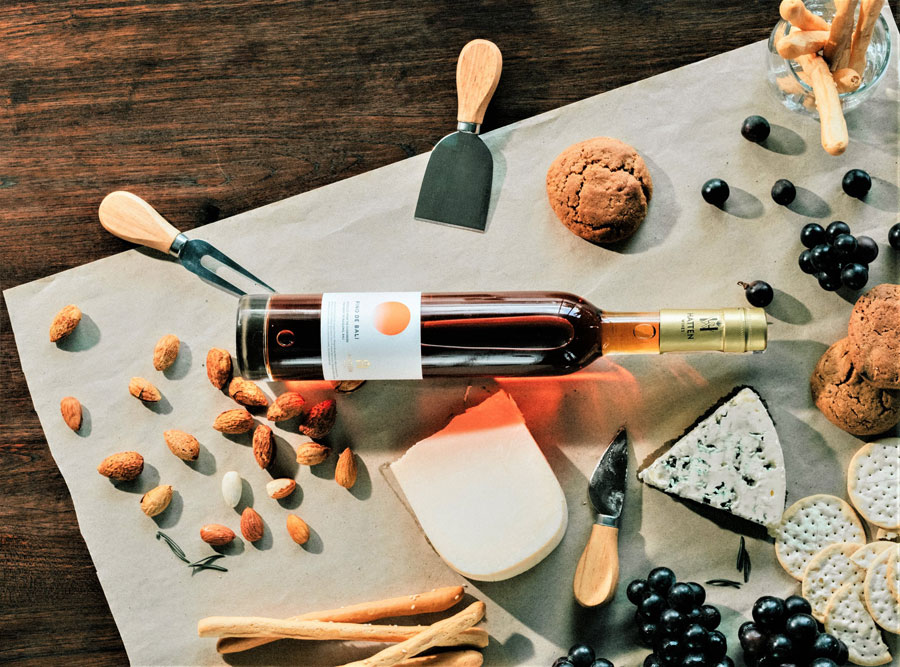
Pino de Bali (60% Muscat St Vallier, 40% Alphonse Lavallee) is a sweet luscious and silky fortified wine aged in French oak for 5+ years under a solera system. A complex and well-balanced, full-bodied wine with mature honey and nut characters which has won this range over 16 awards internationally.
Escape to the vineyards
Nestled in Bali’s picturesque northern coast, Hatten’s vineyards can be found between the villages of Seririt and Sanggalangit, where the rich volcanic soils fully accommodate the vineyards annual three growth cycles, and where the hot and humid climate is balanced by the cooling ocean breezes. At their vineyards, they manage the most comprehensive viticultural research and development programme in Bali, where they have administered over 50 different global grape varieties. In addition to overseeing their vineyards, Hatten also collaborates with a group of local farmers.
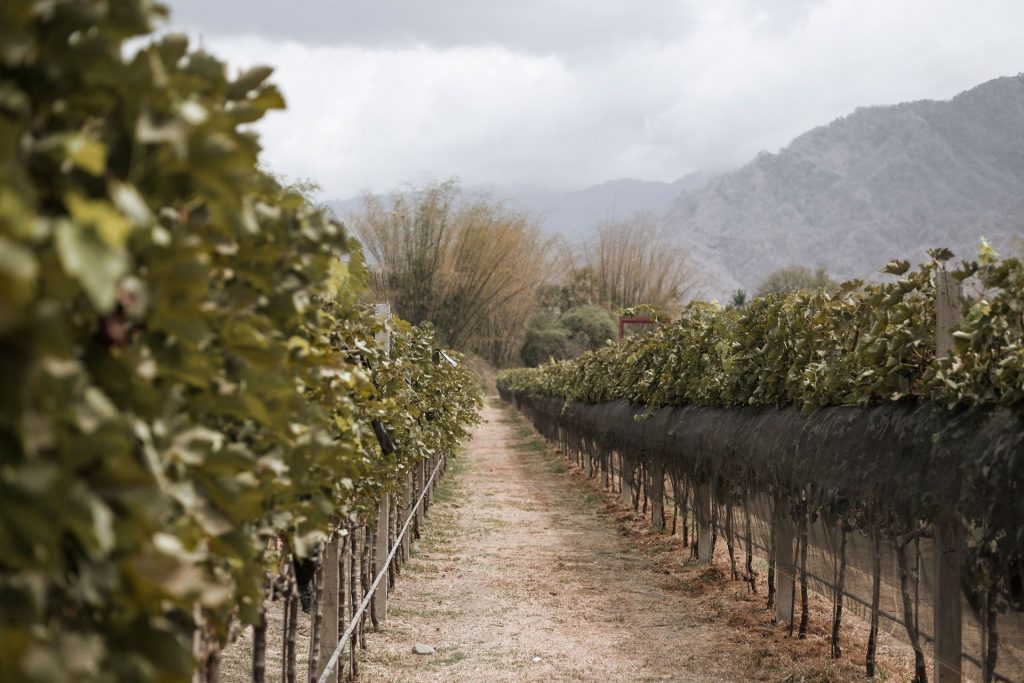
Wine lovers around the island can enjoy tours of the vineyards at Hatten Wines’ new Welcome Centre and Observation deck, where they can explore the vineyards and get a taste of the award-winning wines whilst taking in the charm and unparalleled beauty of northern Bali.
The visitor centre is enclosed in the grapevines of Hatten’s Sanggalangit vineyard, located 15km east from the seaside resort of Pemuteran. Here, guests can indulge in a guided tour through the vineyard and experience a taste of their core wine ranges. They also have an observation deck that overlooks the vineyards and the misty mountains beyond. Guests can also enjoy take-home orders and wines by the glass.
Hatten Wines also offers private wine tastings and wine shop at The Cellardoor, open 7 days a week at The Hatten Wines Building in Sanur, and 5 days a week in The Cellardoor Jakarta, in Kemang.
The Cellardoor Bali
Hatten Wines Building
Bypass Ngurah Rai no. 393, Sanur
+62 361 472 1377
info@hattenwines.com
Welcome Centre & Observation Deck
Jl. Raya Seririt-Gilimanuk, Desa Sanggalangit, Buleleng
+62 812 9364 5077
welcome@hattenwines.com
The Cellardoor Jakarta
Jl. Benda no. 1F, Kemang, Jakarta
+62 21 7884 8448
cellardoorjakarta@hattenwines.com
hattenwines.com

